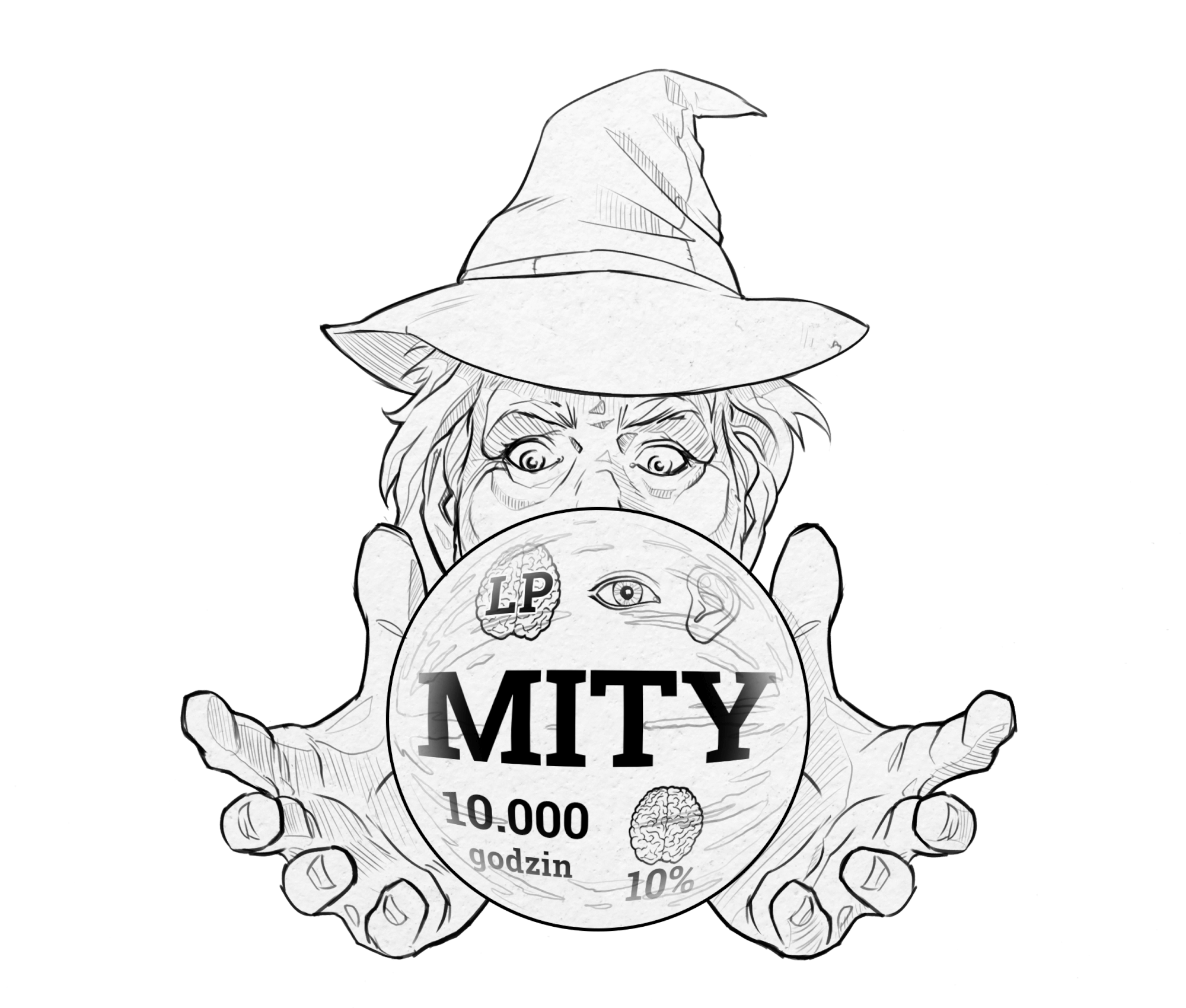Attention! Overcoming the myths gained new meaning. Why? Ask Garstka. Tomasz Garstka. The author of an impressive publication ‘Psychopedagogiczne mity. Jak zachować naukowy sceptycyzm w edukacji i wychowaniu?’. Or first read this article. Next take the book. And later let’s talk because after reading it dozens of question and exclamation marks will start a battle. And: yes, every teacher, pedagogue, psychologist, parent and student in our country should read this book. Go for it!
First Sceptic of Poland
Without an exaggeration. Garstka brightly states that ‘sceptics aren’t often popular but they can come to the most convincing conclusions’. And we fully agree with it. The book opens with:
‘This book isn’t a diary, but I put a reference to own professional history in it on purpose (applying not only psychoanalyses). What for? In order to show the susceptibility to adopting pseudoscientific concepts and faith in ‘golden means’ and ‘miracle methods’. Susceptibility which can concern every person. Not only parents who want best for their children, but also practitioners who are identified as authorities, who offer help to young people and their parents. In this book I explain psychological mechanisms discovered in many researches. Mechanisms which induce this susceptibility. I hope that this book will rouse the readers’ vigilance against offered pseudoscience, that it will run critical thinking, that it will contribute the popularization of scientific knowledge (neglected area in scientists’ activity). I hope it will influence increasing the effectiveness of teachers’ work as well as of psychologists and pedagogues working at schools and clinics. I hope it will protect students from involving their time, money and faith in pseudoscientific concepts and advertised working trainings methods without proven effectiveness. I hope it will save parents from unnecessary expenses, time and pain of disappointed hopes because of investing in ineffective forms of helping their children in learning, with emotional problems and will help supporting them in developing their talents’.
Will you take up the challenge and elaborate ‘educational knowledge’? What is it? What’s going on with it? And last but not least: is that right it exists? Does it really exist? Garstka is clear about it and concluding his ironic attitude, he thinks that contemporary education overshadows the knowledge, promoting the one which often fails meeting reality. And only critical thinking which requires immense effort, is able to lead to situation, when distinguishing real science from pseudoscience will be possible.
Garstka’s psychopedagogical mythology
There is no doubt that Tomasz Garstka definitely overthrows common myths and tries to stop their mindless duplication. Among other things he takes on:
- 7% – 38% – 55% – it’s about seriously misunderstood Mehrabian’s rule and indiscriminate hearsay knowledge adoption,
- educational kinesthesiology – it denies Dennison’s view as if physical exercises suggested by him could influence learning effects and brain processes,
- NLP (neurolinguistic programming) – he thinks that NLP takes over terminology and changes its meanings,
- sensory integration – lack of methodology = lack of proving SI effectiveness possibility,
- Dale’s cone – impeding the process of knowledge generalization,
- learning styles – nothing more than preferences,
- praising – low effective, feedback as improvement factor,
- body language as evidence in lying case – teachers consider body language as students’ lying signals which is very dangerous, school is not an investigation centre,
- shamanism in family therapy and debriefing in PTSD – opposite to effective and helpful intervention,
- psychoanalysis in edukacji so teasing Freud – non-scientific background and uncertain construction of concept.
We will take on most of those myths to write separate articles because the scope of each of them is book-size topic.
Unscientific book about… science
The firmness of this book’s statement is one of these things which every exper reader will pay attention to. The author’s style, thematic order and absolute intransigence in combination with no shortcuts is something what we value the most in Garstka’s writing. In book’s opening he stated himself that popularizing the scientific knowledge and showing differences in the popularization of the type of ‘low-level magazine trying to be scientific’. What’s more, he emphasizes that his publication, in spite of definitely scientific character, isn’t a scientific position.
The book was divided into 4 parts:
- Three chapters leading into psychopedagogy world, critical thinking and mechanisms which cause that we are vulnerable to outside influences and trustful without questions about evidence.
- Four chapters directly appealing to neuroscience or neurology trends as confirmation of thesis effectiveness / concept.
- Five chapters devoted to overthrowing myths connected with teaching and learning; showing the lack effectiveness confirmation.
- Six really diversified chapters – the author discuss subject of controversy in the area of the concept and practice of upbringing, psychological intervention, therapy.
The book is full of quotations, references, footnotes, digression, opinions, facts, critics, answers He allows to verify the scientific nature of replicated schemes of action / assumptions in contemporary education, which are present at every school, in every class and you will be convinced about that while reading.
Reading this book can be the first step to change for the better. It can be an inspiration for the revolution in education and perceiving teaching as… science. Science based on reliable knowledge not from the press room. If you are a psychologist, a teacher, a pedagogue, a parent or a student, you must read this book.
Authors: Patrycja Sikora and Dariusz Chrapek
Bibliografia
Garstka T., Psychopedagogiczne mity. Jak zachować naukowy sceptycyzm w edukacji i wychowaniu, wyd. Wolters Kluwer, 2016
Garstka T., Psychopedagogiczne mity. Jak zachować naukowy sceptycyzm w edukacji i wychowaniu, wyd. Wolters Kluwer, 2016
